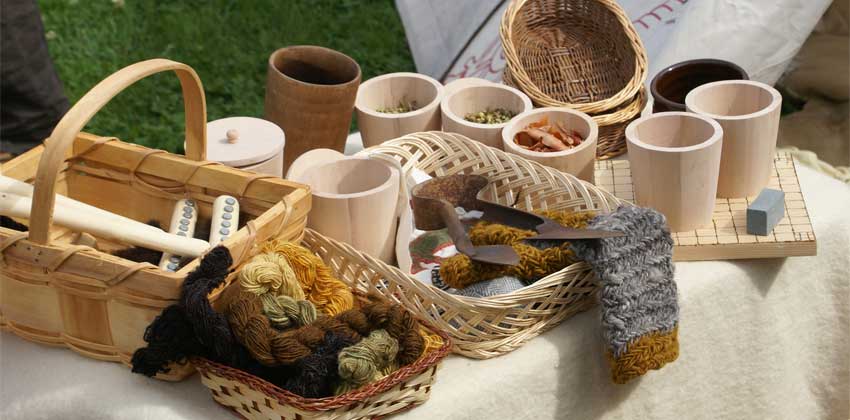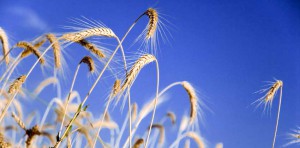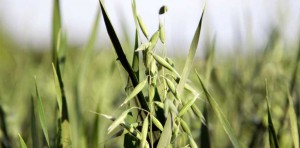Power from the land
The economic basis of 11th century Alba was agriculture: the produce of the land. Agriculture was geared to the production of surpluses that could sustain a growing population and provide sufficient wealth for King, Mormaer and church.
Control of productive land was the basis of political power so the rich farmlands of Moray underpinned the Province’s independence and importance.
Land and the people
11th century society was almost entirely rural-based and agricultural, probably organised along the lines of the extended families or kinship groups that characterised Celtic society. Settlements were dispersed across landscapes that had been the subject of forest clearance for generations, though there was still plenty of forest in which to hunt.
The agriculture of the time was a mix of pastoral and arable, the latter not carried out in an intensive way. The lack of sufficient quantities of fertiliser meant that arable fields had to be left fallow to recover rather than being continuously used.
- Barley
- Oats
Ancient Crops
The principal grain grown on arable land was bere (a primitive form of barley), oats and rye. Though now almost completely replaced by other crops, bere has been grown in Scotland since prehistoric times. Today it is grown principally in Shetland, Orkney and the Western Isles where it is tolerant of the cool temperatures and short growing season.








